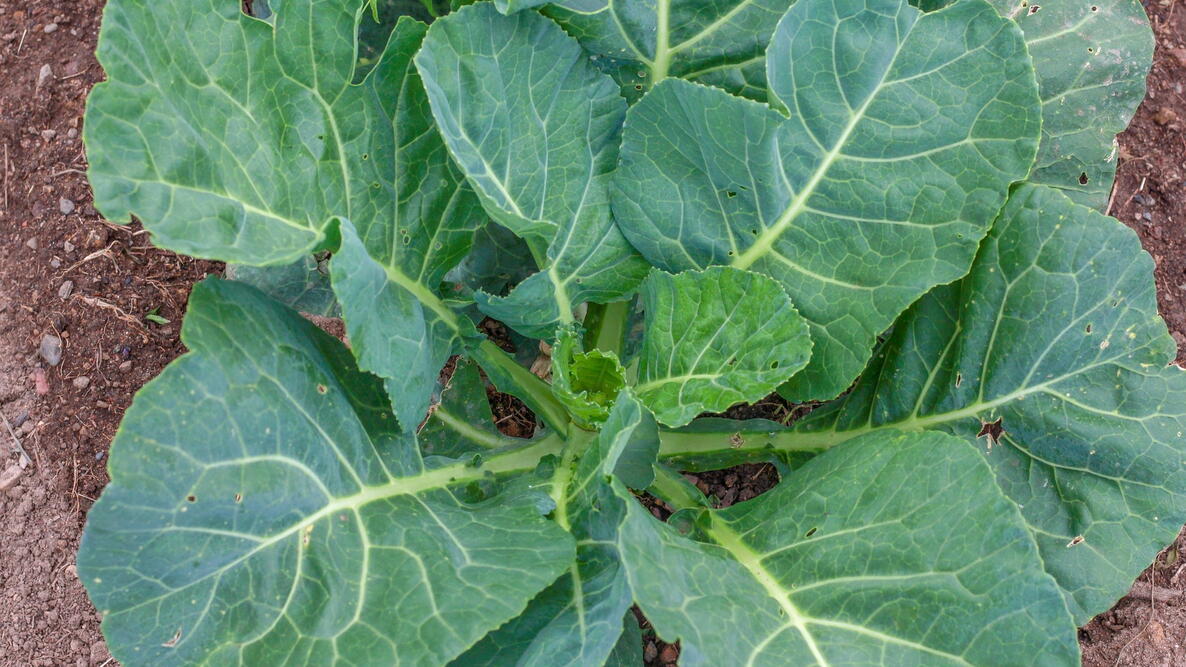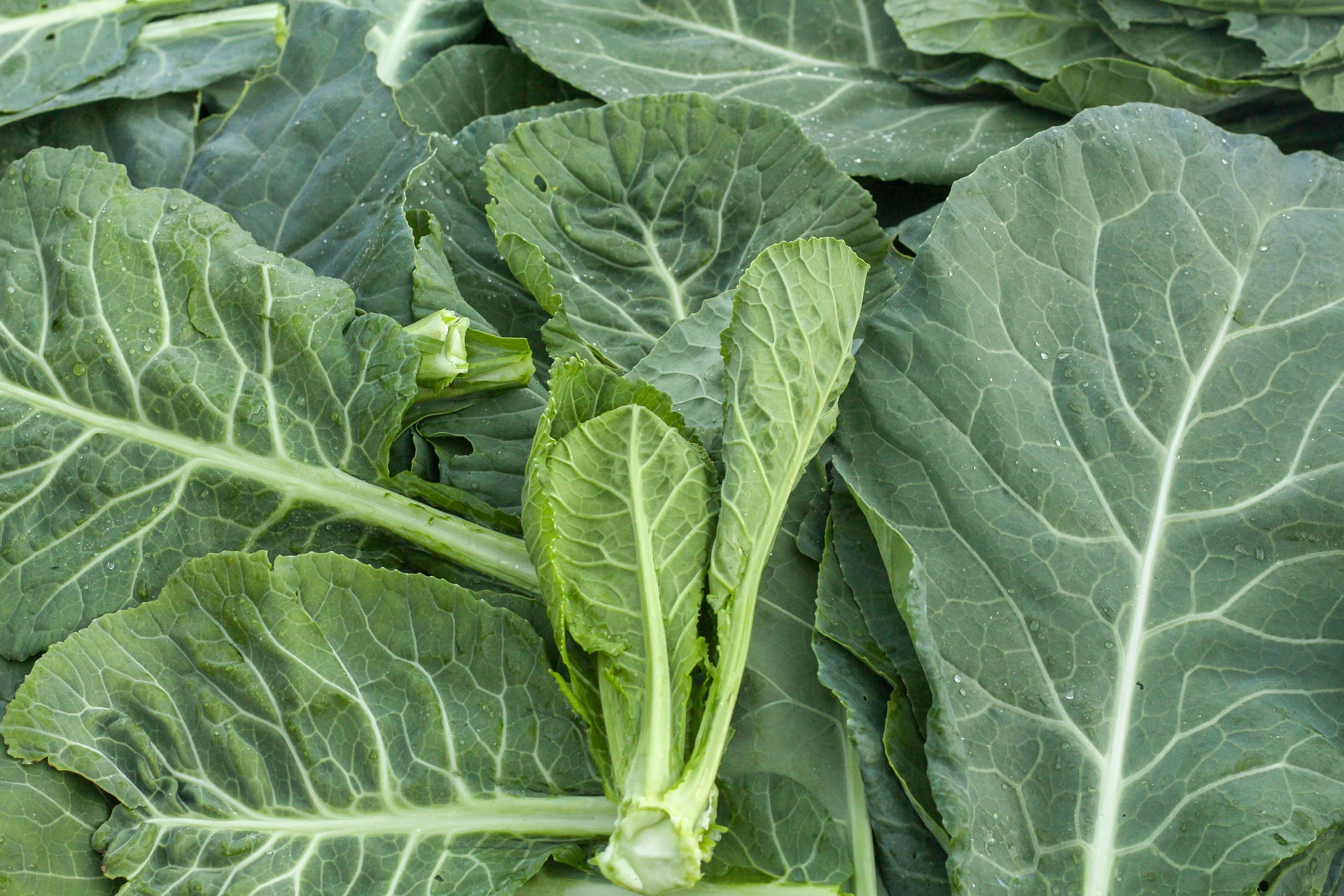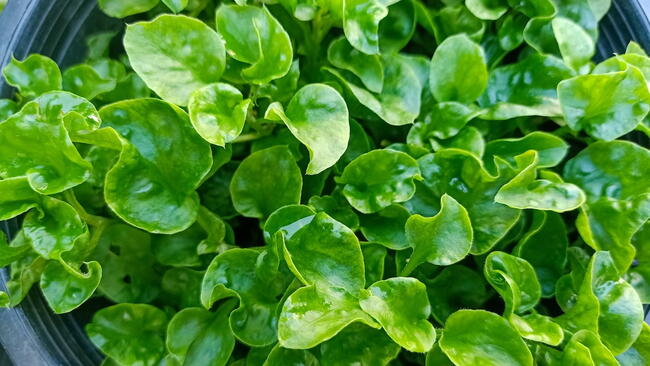
Grow cold-hardy, nutrient-packed collard greens with ease
Read Next
Types
Both heirloom and hybrid varieties are available. If you plant in spring (versus fall), be sure to choose a bolt-resistant variety.
- ‘Champion’ is a bolt-resistant variety with good cold resistance and blue-green foliage.
- ‘Morris Heading’ provides large, broad leaves and may make loosely arranged heads.
- ‘Top Bunch 2.0’ is a hybrid with medium-sized, lightly savoyed leaves. Attractive and tasty.
- ‘Georgia’, also known as ‘Georgia Southern’, is a favorite with smooth leaves and white stalks. It can reach up to 6 feet tall, so give it some elbow room and enjoy the show.
Gardening Products
Cooking Notes
Serve collard greens with whatever you’d typically serve with cabbage.
- Wash collard leaves thoroughly after bringing them into the kitchen. The large leaves can gather grit and bugs and need a good cleaning. To avoid grittiness, wash thoroughly. Soak for 20 minutes and then scrub each leaf. You can also buy prewashed collard greens in the store.
- Plan ahead. Unlike wilting kale in your soup, collards are usually cooked for an hour or two.
- The most common way to cook Southern-style collards is to first sauté garlic and red pepper flakes in hot olive oil, add hot chicken broth (not water) and bring to a boil, and then add the greens and simmer for 45 minutes to an hour, until super tender but not mushy. Season with salt, pepper, and distilled white vinegar.
- The stems are bitter, so most people cut them out from the leaves before cooking; however, they’re loaded with nutrients, so another option is to cook them separately and much longer until tender.
More Like This
Hi Sharon,
Many greens are cool season crops, meaning they do best when grown in the fall or early spring. With that being said, planting dates depend on where you live and what type of winter your location experiences.
Our Planting Calendar is a great tool to use. Just put in your zip code or location and it will give you the ideal dates for planting all kinds of vegetables and greens. Here is a link: https://www.almanac.com/gardening/planting-calendar
You can also grow greens indoors. We have a great story that can be found here: https://www.almanac.com/grow-your-own-salads-indoors-all-winter
And according to our Best Days chart, which gives the best days for certain activities based on the Moon's sign, the best days for planting aboveground crops in November 2023 is Nov. 20–22.













Comments